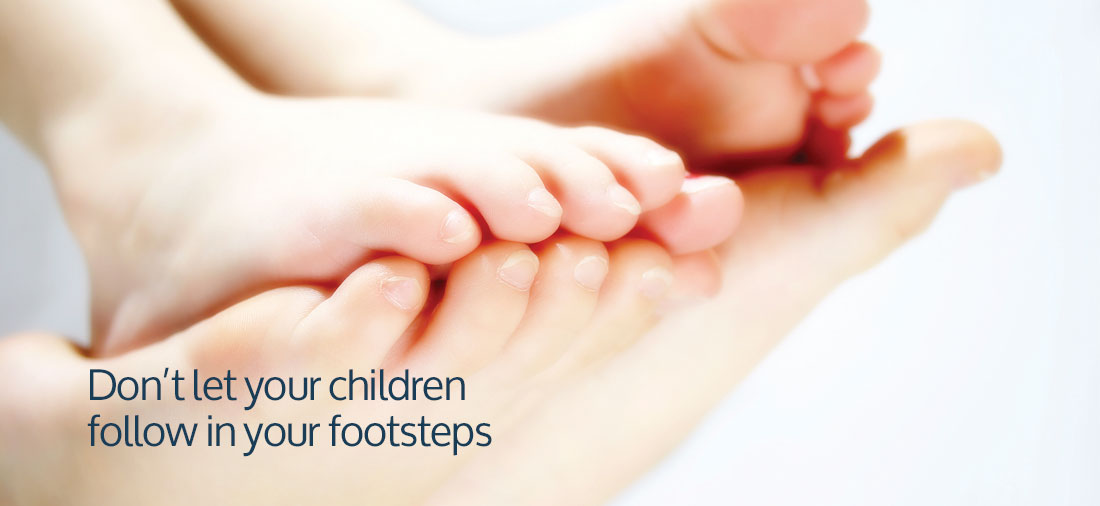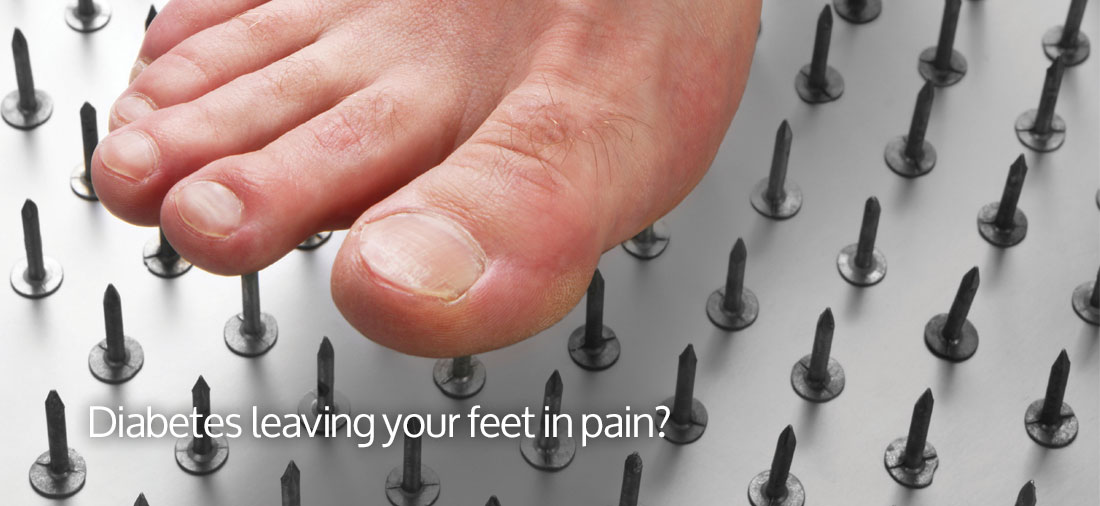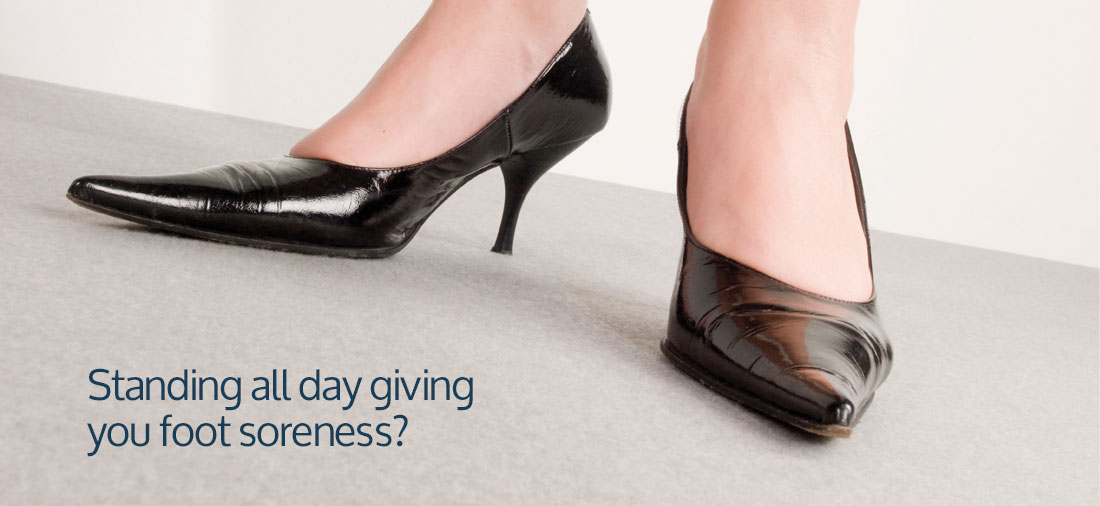What Causes Growing Pains?
Growing pains are generally described as non-specific leg pain which affect otherwise healthy children. The criteria for “growing pains” is generally intermittent pains in the muscles (not the joints) of both legs, occurring mainly at night time. The term “growing pains” is quite controversial and has been disputed by many medical and allied health professionals over the years, yet still remains part of everyday language. By its very nature, pain is not normal. It is a very specific neural signal telling the individual that something is not right.
The cause of growing pains remains uncertain, with three main theories held. The anatomical and fatigue theories purport that “growing pains” are nothing more than a form of sports or athletic injury that we see commonly in adults. The normal running, jumping and playing activities that children perform on a daily basis, when combined with suboptimal structure and function of the foot and lower extremity, can lead to increased abnormal tissue stresses which will cause pain and injury.These athletic injuries, for some reason, have been called “growing pains” in children. However, if an adult goes out and runs, jumps and plays the same number of hours per day that a child does, develops similar aches and pains, we say they are “overdoing it” and have developed a “sports injury”.
The third theory relates to psychological or emotional states, where growing pains have been viewed in a wider pain sphere including abdominal pains and headaches.
Most commonly, parents will tell us their otherwise well child has been complaining of sore, aching legs at bed time and/or waking up in the middle of the night complaining of the same thing. These episodes normally occur in spates e.g a few nights over a week and then none for perhaps a month.
There are many ways to help manage growing pains, but few with adequate scientific backing. The only methods which have been tested with well conducted scientific trials are the use of muscle stretches and in-shoe foot wedges/orthotics. Our primary focus when assessing children with growing pains is to rule out any other more serious causes of their pain, like childhood arthritis. This usually presents with joint pain and swelling rather than muscular soreness. This is why it is important to visit an appropriately qualified practitioner, to establish a clear diagnosis for your child’s pain. Foot orthoses can be used to assist with these pains and improve overall foot posture.
If you are concerned about your child’s ongoing leg or foot pain, visit us today for a thorough assessment and clear management plan.








